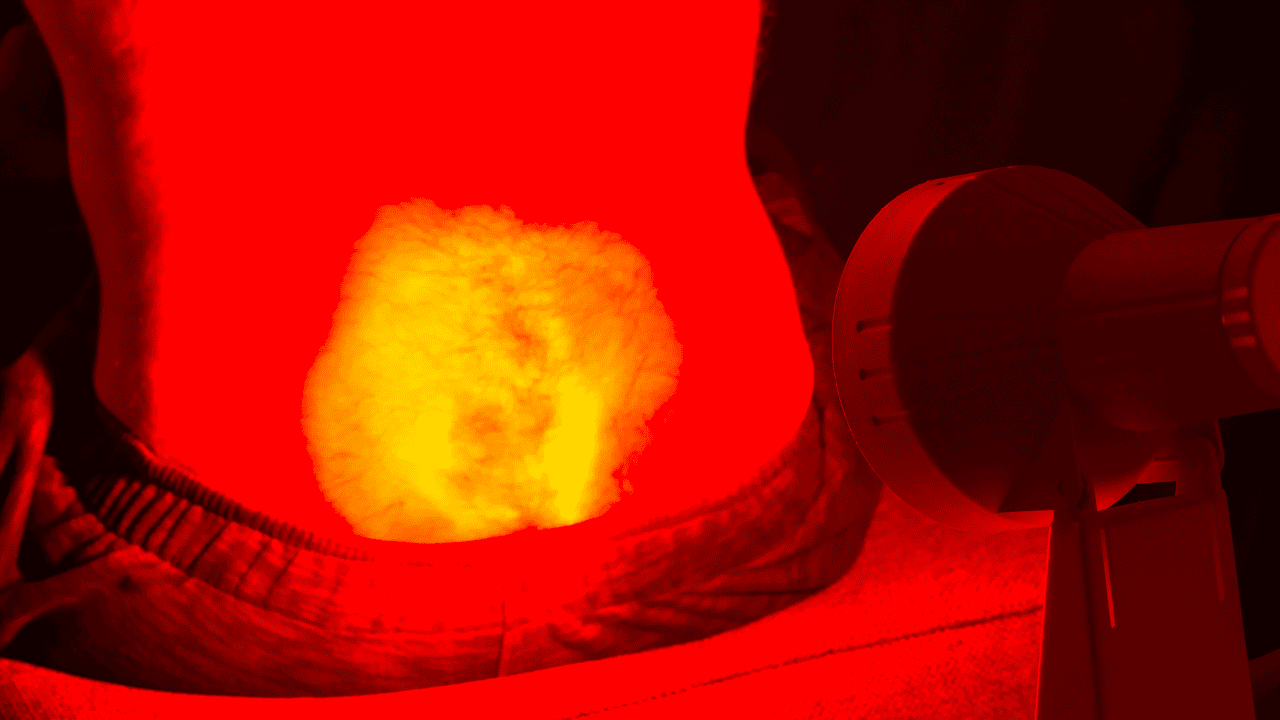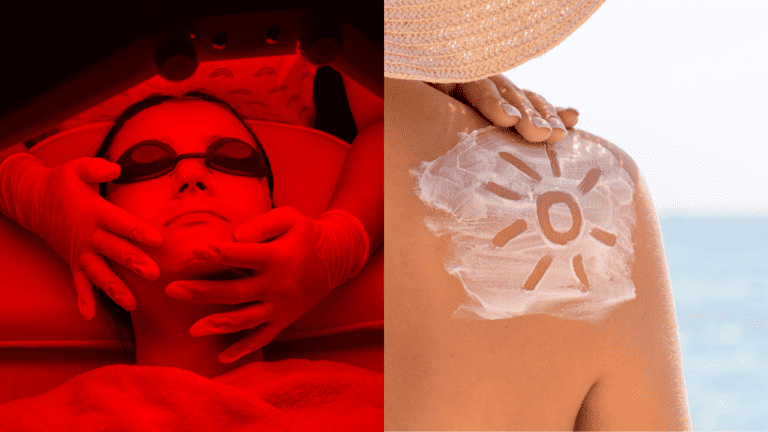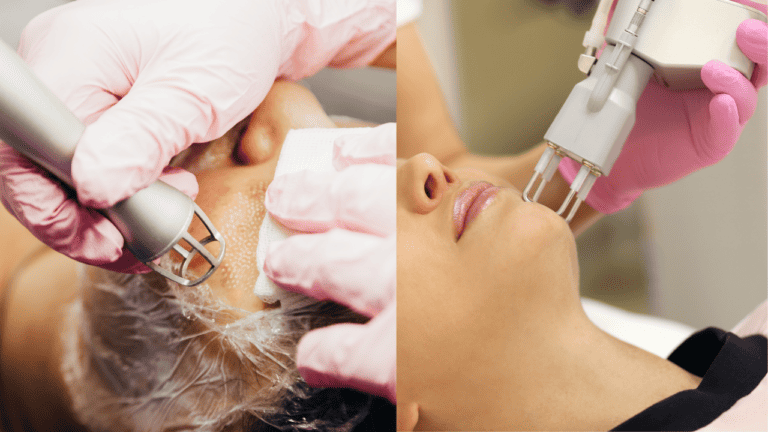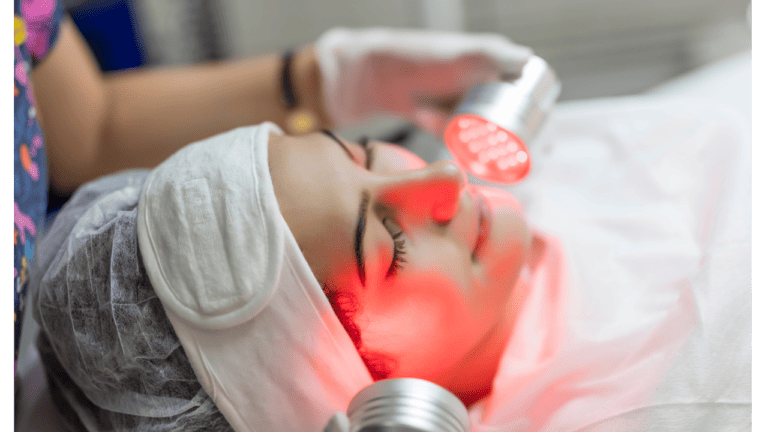Light therapy has emerged as a cutting-edge solution in the realm of skin care, offering a range of benefits from rejuvenation to healing. This article delves into the specifics of red light therapy, infrared, and near-infrared light therapies, elucidating their distinct characteristics and how they contribute to skin health.
Key Takeaways
- Red light therapy is effective for surface skin rejuvenation, infrared for deeper skin and muscle issues, and near-infrared for deep tissue repair and regeneration.
- Each therapy has unique benefits, making them suitable for different skin concerns; personal skin type and issues should guide your choice.
- Consultation with a dermatologist is recommended for personalized advice and to ensure safe and effective use of these light therapies.
Understanding Light Therapy
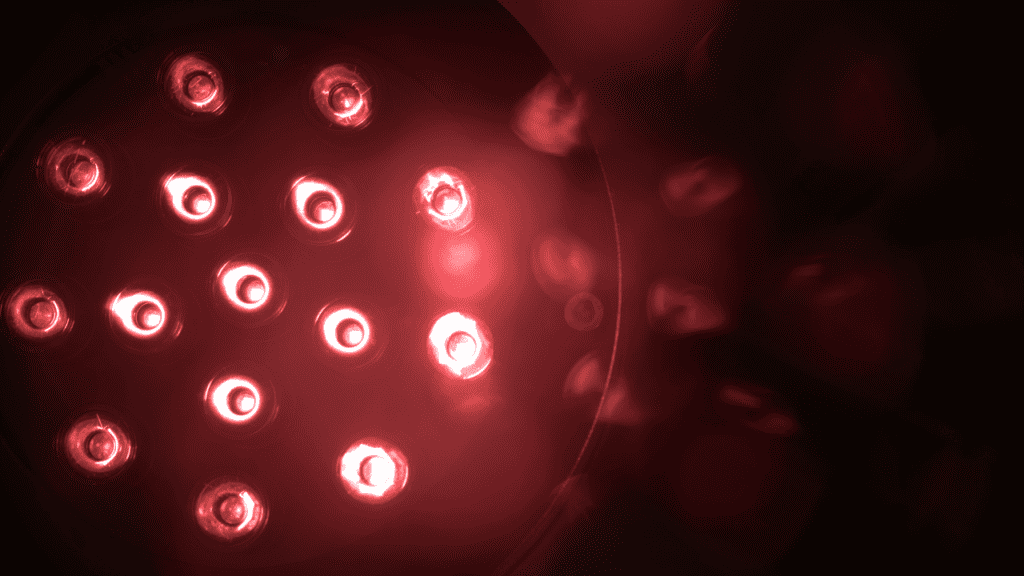
The Essence of Light Therapy
At its core, light therapy involves the use of specific wavelengths of light to trigger biological changes in the body. When applied to the skin, these wavelengths can stimulate repair, rejuvenation, and healing processes.
Light Therapy and Skin Interaction
Different light wavelengths penetrate the skin at various depths, influencing cellular behavior. This interaction is crucial in addressing skin issues such as aging, inflammation, and damage repair.
Red Light Therapy
Unveiling Red Light Therapy
Red light therapy utilizes wavelengths in the visible light spectrum, typically around 630-700 nm. It’s known for enhancing collagen production, crucial for skin elasticity and youthfulness.
Skin Benefits and Considerations
Red light therapy aids in reducing wrinkles, healing scars, and fighting acne. However, it’s essential to use it correctly to avoid potential skin irritation.
Infrared Light Therapy
Deciphering Infrared Light Therapy
Infrared therapy uses longer wavelengths, typically above 700 nm, which penetrate deeper into the skin. This depth reaches muscles and nerves, offering more than just surface-level skin benefits.
Impact on Skin Health
It’s excellent for reducing inflammation and pain, making it a favorite for those with deeper skin issues, including muscle-related conditions that affect the skin’s appearance.
Near-Infrared Light Therapy
Near-Infrared Therapy Explained
Near-infrared light, with wavelengths between 800 and 2500 nm, penetrates the deepest. It works well for skin repair and regeneration by reaching deep tissue layers.
Advantages for Skin
This therapy is known for its healing and anti-inflammatory properties, beneficial in treating deep-set skin damage and enhancing overall skin health.
Comparative Analysis
Each therapy offers unique benefits: red light for surface-level rejuvenation, infrared for inflammation and pain relief, and near-infrared for deep tissue repair. The choice depends on specific skin concerns and desired outcomes.
Practical Considerations
Choosing the Right Therapy
Consider your skin type and issues when selecting a therapy. Consulting a dermatologist can provide personalized guidance.
Safe and Effective Use
While these therapies are generally safe, proper usage and adherence to guidelines are crucial for optimal results and minimizing risks.
Conclusion
Red light, infrared, and near-infrared therapies offer diverse solutions for skin health. Understanding their differences and applications can lead to informed choices in your skincare regimen.
FAQs
What are the primary differences between red light, infrared, and near-infrared therapies?
Red light therapy targets surface skin issues, infrared reaches deeper layers affecting muscles and nerves, and near-infrared penetrates the deepest for tissue repair.
Can these light therapies cause any side effects?
While generally safe, improper use can lead to skin irritation. It’s important to follow usage guidelines and consult a professional.
How often should these therapies be used for effective results?
This varies based on the specific therapy and individual skin concerns. Professional guidance is recommended for a personalized regimen.
